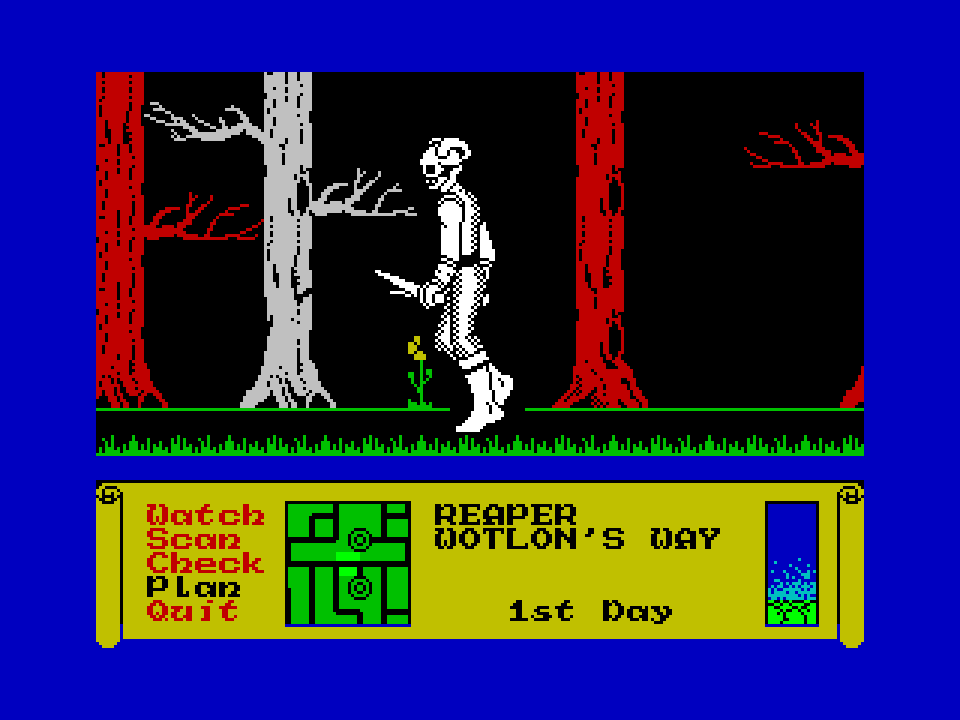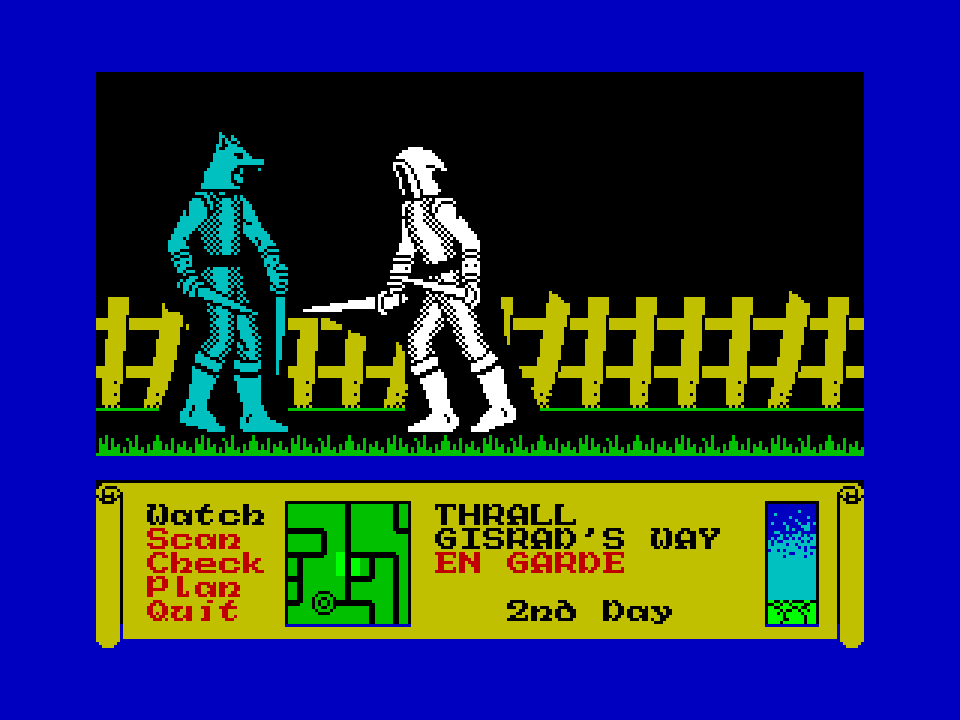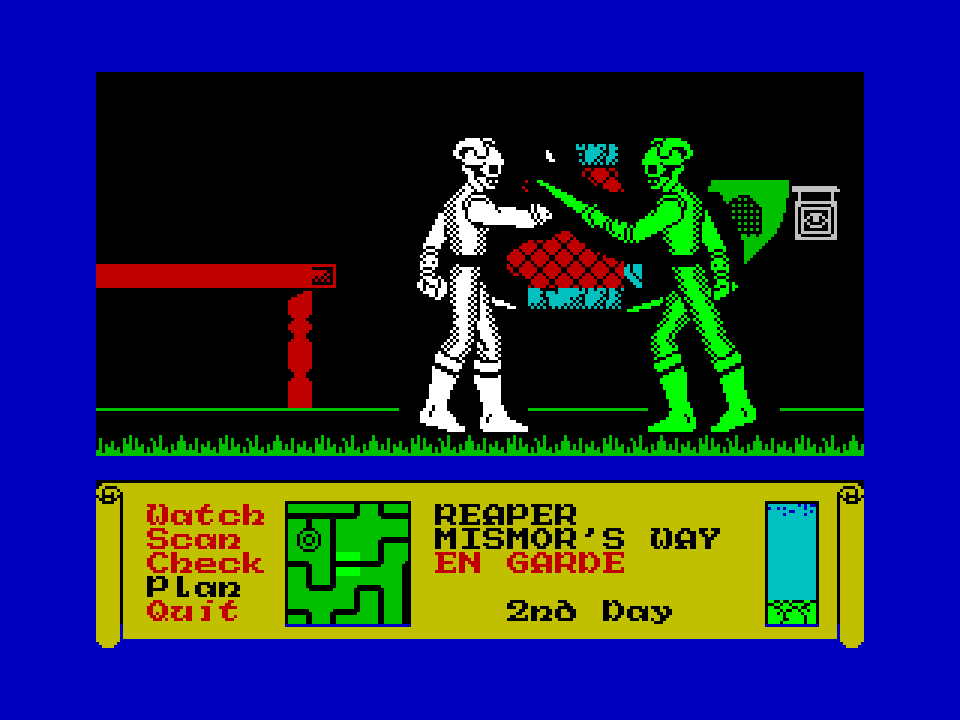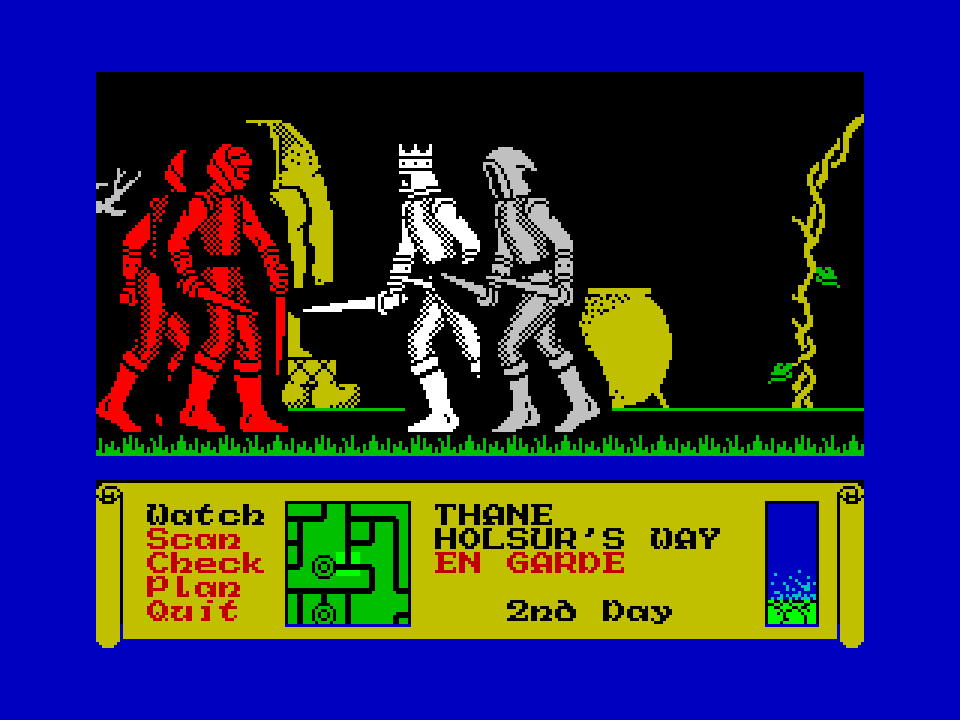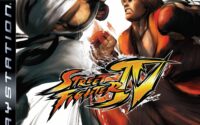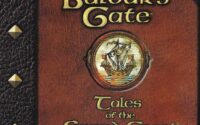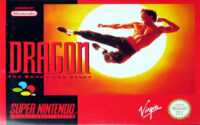Dark Sceptre Review
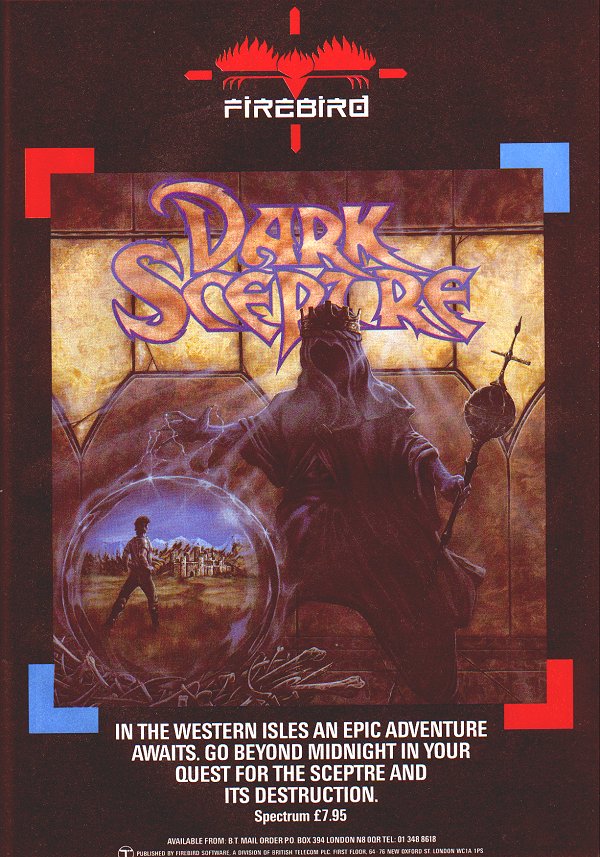
Get the gang together and set out to destroy the force that once gave invading enemies a destructive power… On the Islands Of The Western Seas, there isn’t actually more to life than this…
STORY
The Northlanders came to the Western Islands. They gradually adapted a parasitic lifestyle and wanted everything that wasn’t theirs. And eventually, they outstayed their welcome. But they wouldn’t leave. And when they were called to the court of the Lord Of The Isles for serious talks and action, shit happened and the Northlanders gained evil powers through the titular sceptre that should have banished them…
So… It’s a bit like all those text adventures that ask you: What now?
THE GAME
When Mike Singleton (R.I.P.) developed a video game, he didn’t just make a video game. He built worlds and filled these worlds with suitable content. He made them as alive as he could and as multi-faceted as the current technology allowed. After the RPG masterpieces that were The Lords Of Midnight and Doomdark’s Revenge (It’s too bad that the concluding part, The Eye Of The Moon, never was released.), he went on to design a couple of Tactical Combat games like Throne Of Fire and this one…
Dark Sceptre is a side-scrolling fighting game with a strong presence from RPG-elements. Except you don’t control any of the fights. However, you do issue commands for your band of bad-asses who sets out to find that damned sceptre, destroy it, and subsequently finally bring peace to the Islands.
After the game has loaded (Whilst showing a nice loading screen.), you’re staring at an animated and hypnotic Maelstrom logo, four arrows and a circle with letters on them (This represents the controls.), a scroll at the lower third of the screen, and four options: You can play Dark Sceptre with the keyboard or the Joystick. The other two options are for defining “User Keys” and for playing the game.
After one of planet Earth’s most minimalistic game intros (Showing the sceptre while a pleasant tunelet plays.), the game begins and the scroll displays the main menu, a map of the surrounding locations, which character is on screen, the name of the location, how many days have passed, and the time of day. (In an animated rectangle.)
The upper two thirds of the screen is the area where the action happens. Across varying backgrounds, the large characters walk around, conduct their business, and (often) fight. Since you don’t have any control over the characters’ movements, you will exclusively use the menu with five options: Watch, Scan, Check, Plan, and Quit. (Well, that’s four options if you still want to play the game, really.) Left and right switches between your warriors, and you have an army of twenty under your command. (Ten Thralls, two Reapers, two Assassins, two Fools, a Mystic, a Savage, a Herald, and last but so very not least – The Thane.)
CONTENT
The game map reportedly has 4000 locations and apart from your gang, there are six other armies roaming around – the Umbrargs, Verdans, Tyrians, Kuanos, Aurics, and Grisuls. To be able to differentiate between them, they are in different colors while your boys are dressed in white. (The sworn enemy, the Umbrargs, are red. And these were formerly known as the Northlanders.)
When you hear metal clashing (Quite a good sound effect.), you can select “Watch” from the menu to see the fight. “Scan” brings up a map of the Island. The yellow squares indicate where your warriors are. (Unless they are dead.) “Check” brings up what in an RPG would be a character sheet. This is obviously simple as it only needs to display orders, qualities (Personality traits, like “Strong”, “Bold”, etc.), and what the selected warrior is carrying.
As for the orders, these are conjured via “Plan”. And here you have thirty-five different orders to give – Everything from “Follow” and “Harass” to “Insult” and “Bribe”. Twenty-two of these orders are connected to other warriors while six are connected to objects (For example: “Guard” or “Use”.), and four are linked to places, e.g., “Defend” or “Block”. (“Roam” and “Wait” are self-explanatory.)
After selecting, e.g., “Follow”, the game lets you choose one of the eight warrior classes (Reaper, Assassin, etc.) as well as “Friend”, “Enemy”, or “Anyone”. The program pauses when you “Scan”, “Check”, or “Plan”. However, if there is a fight going on, you’ll hear the swords crossing “off camera” regardless of which character you control. (A short scream indicates that one of you has died in battle. And when a tunelet plays, it means that someone changed sides. Treacherous bastards.)
The different types of warriors clearly have different purposes, like the Mystic have magical skills and isn’t a very good fighter while the Reaper makes people shit their pants. The killers and fighters reduce the population. And the Thane is the Man. Because without the Thane, everything turns into a shit show. Needless to say, there is a strategy involved during the quest for the dark sceptre. You can’t just gather everybody together and kill everybody you meet until you find that bloody thing – You have to create alliances and basically figure out when to fight and when to flee. If your Mystic can’t bewitch or charm warriors, other strategies will be needed. Bribing is more than often a safe bet. (Until someone offers a better bribe, of course.)
The idea is basically to join and befriend as many as possible so that your growing legion will have a chance of defeating the Umbrarg sons of bitches a.k.a. “The Shadow Lords” before grabbing and obliterating the sceptre. Being a backstabbing bastard (Befriending people before betraying them.) won’t take you very far, and will only make other fractions lose their trust in you. The outcome of the battles is not randomly generated either, so make sure that your warrior can fight before attacking someone. The game even lines up fighters waiting for their turn if you happen to be in the same place at the same time when the atmosphere sours.
But play your cards right, and it could all end in one big glorious battle to the last drop of blood. It all depends on your commanding skills. Such a victory would be something to tell Retro video game players – Present and future…
CONTROLS
The default controls are: “Q” (up), “A” (down), “O” (left), “P” (right), and “M”. (Fire-button) As mentioned, these keys can be re-defined on the title screen.
GRAPHICS
Big, on-screen characters that are well animated to boot. (They walk and fight.) To circumvent the strange blocks clashing with each other and creating a bit of color-vomit (Or reflux.) during battle, Singleton used a clever technique where each character is masked with a thick outline. The plus side of this is that… It looks good! The downside is that backgrounds and characters have a tendency of disappearing partially behind the character in the foreground. The backgrounds have quite a bit of variation and a lovely bit of detail.
SOUND
“Four channel sound”, sayeth the ad. The little tunes are charming, and the handful of sound effects are really good – Metal on metal and that “ARGH!” when another one bites the dust. The sound is usually not all that important in a strategic game, but here, you need to know when a fight breaks out or when someone in your ranks suddenly decides that you’re garbage.
SUMMARY
Dark Sceptre provides a breath of fresh air – No matter if you’re stepping away momentarily from RPGs or action games. It doesn’t remind of any other game from the same era, and it has qualities that reveal themselves one by one when you start playing “for real”. For being a “Tactical Combat”-game, it’s also extremely cleverly designed. (You’ll be surprised over how easy it is to overview a gang of twenty warriors roaming around freely.) Even if the game looks uncomplicated, its complexities lie within the program itself. Mike Singleton’s games always had something special beyond the visuals, but in this case, the gorgeous graphics help a lot. It just wouldn’t have been as intriguing as a board game “or something”.
Developed by: Beyond Software and Maelstrom Games
Published by: Firebird
Version Reviewed: ZX Spectrum 48K
Genre: Strategy / Fighting
Players: 1
Also Available On: Amstrad CPC
Released: 1987

